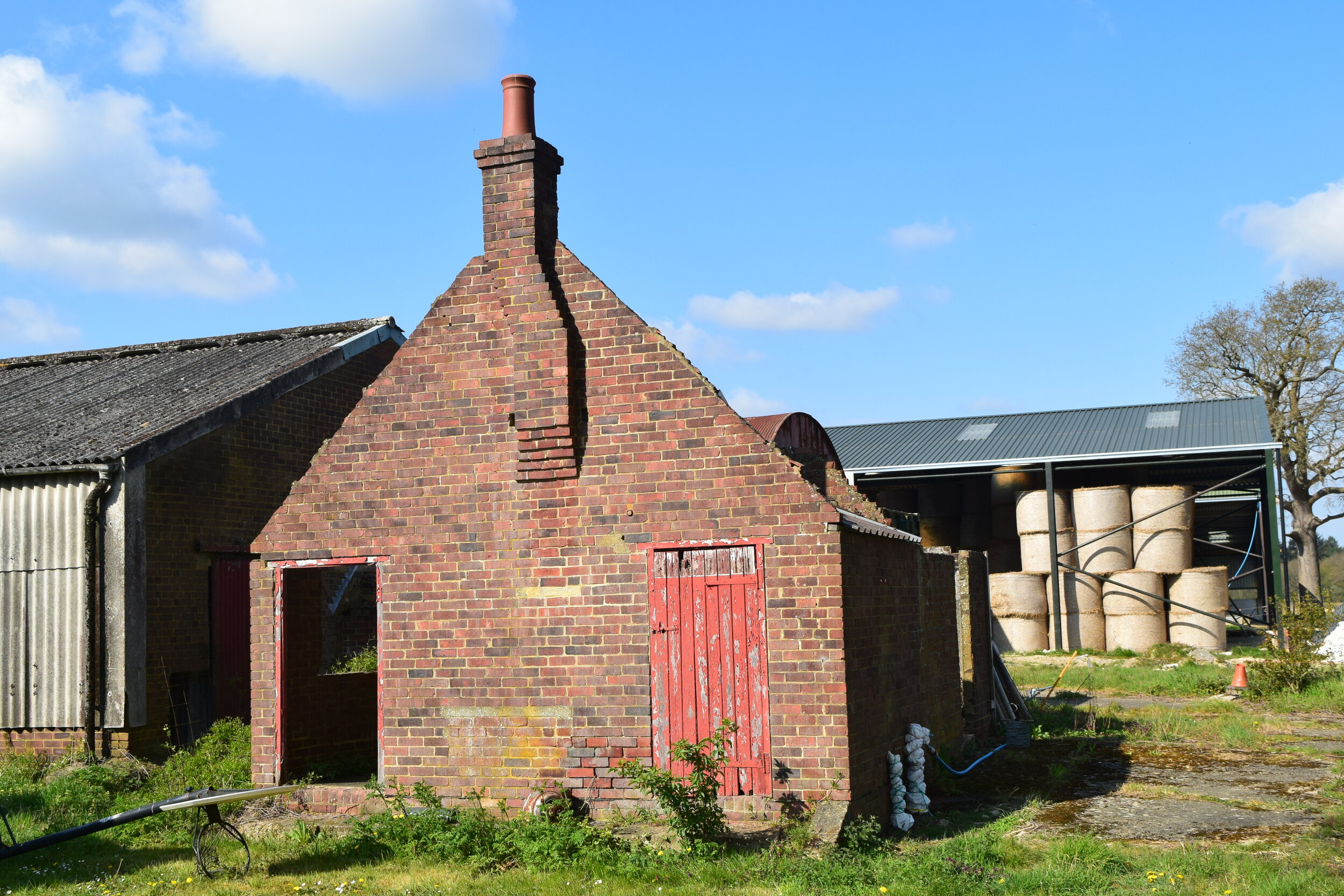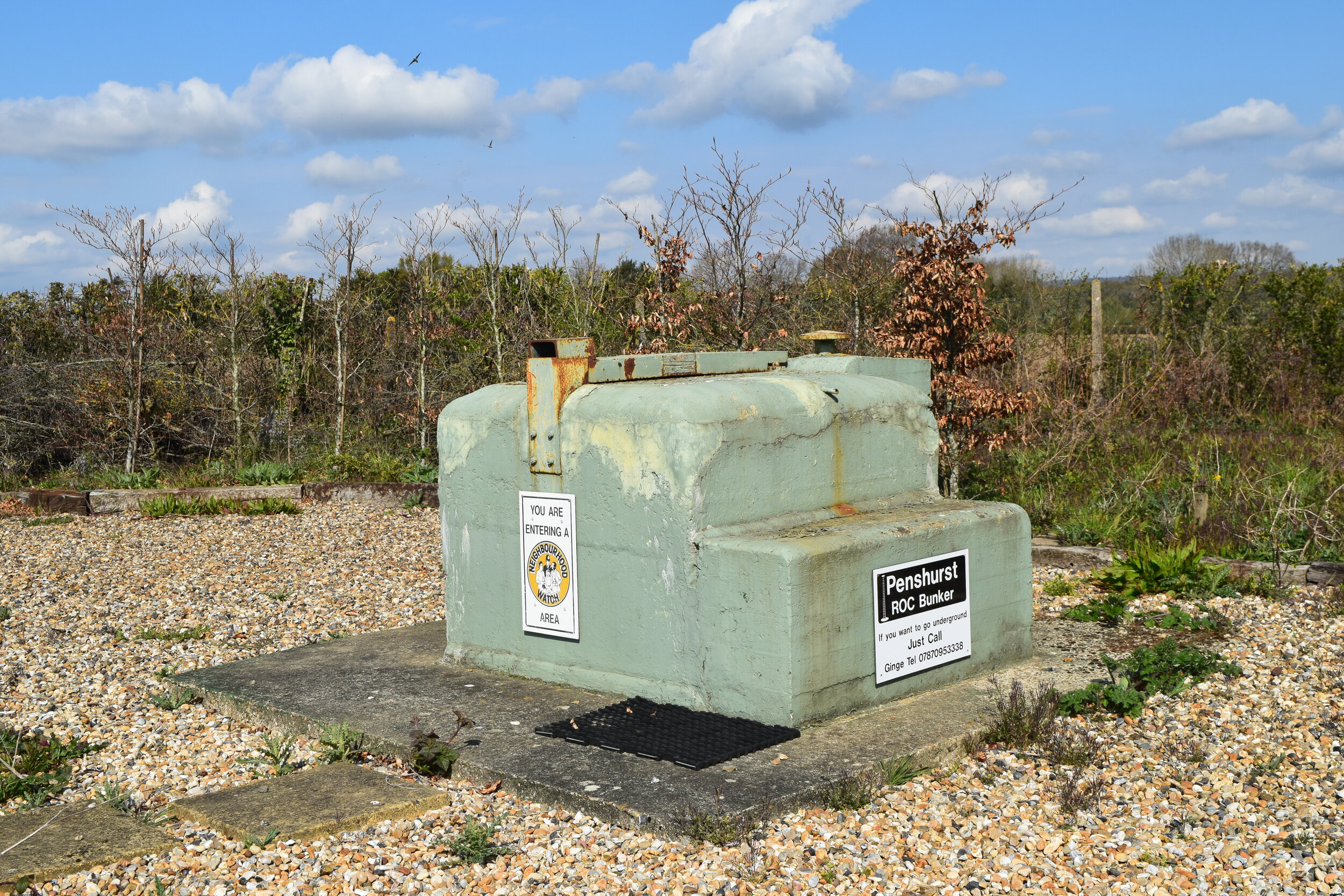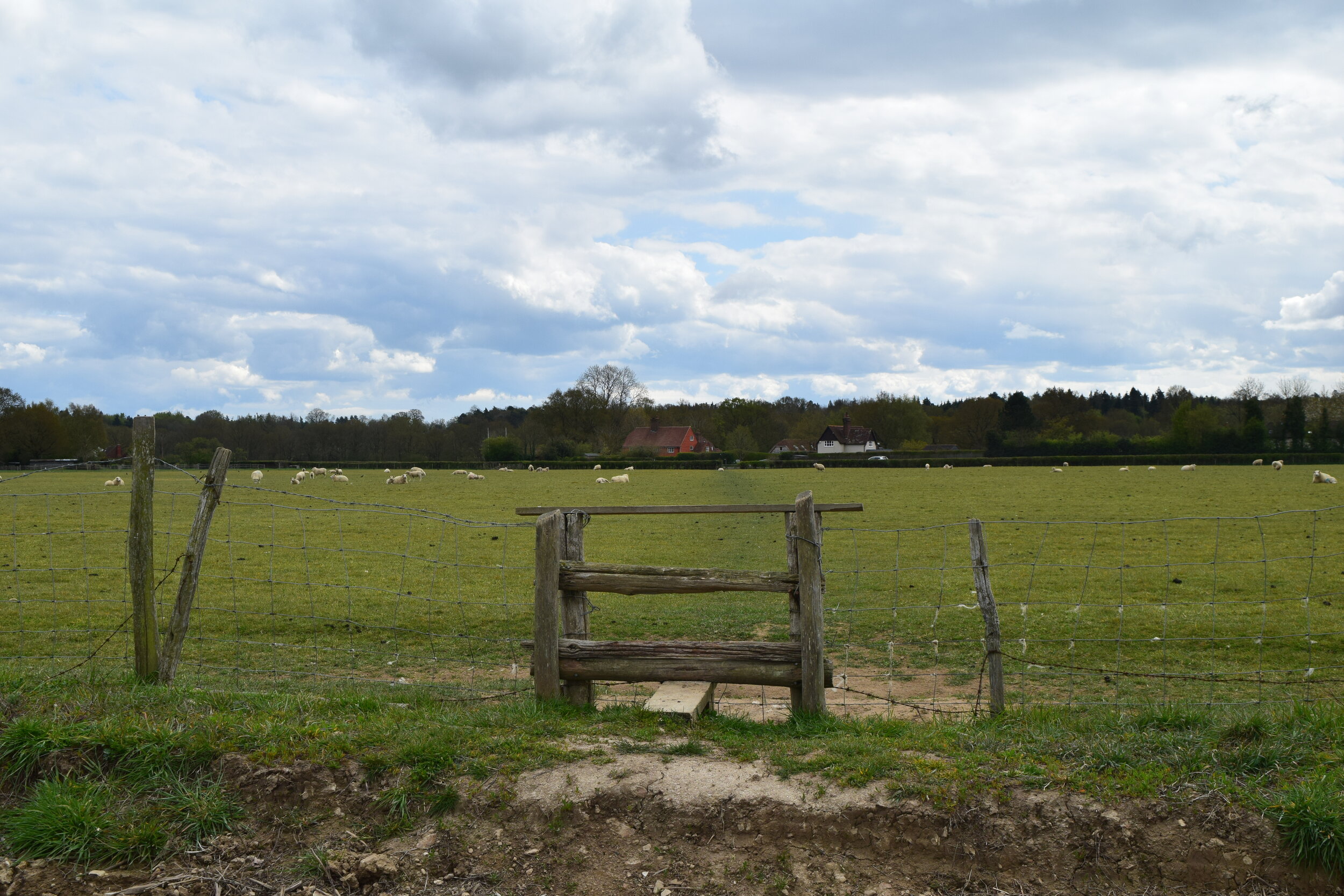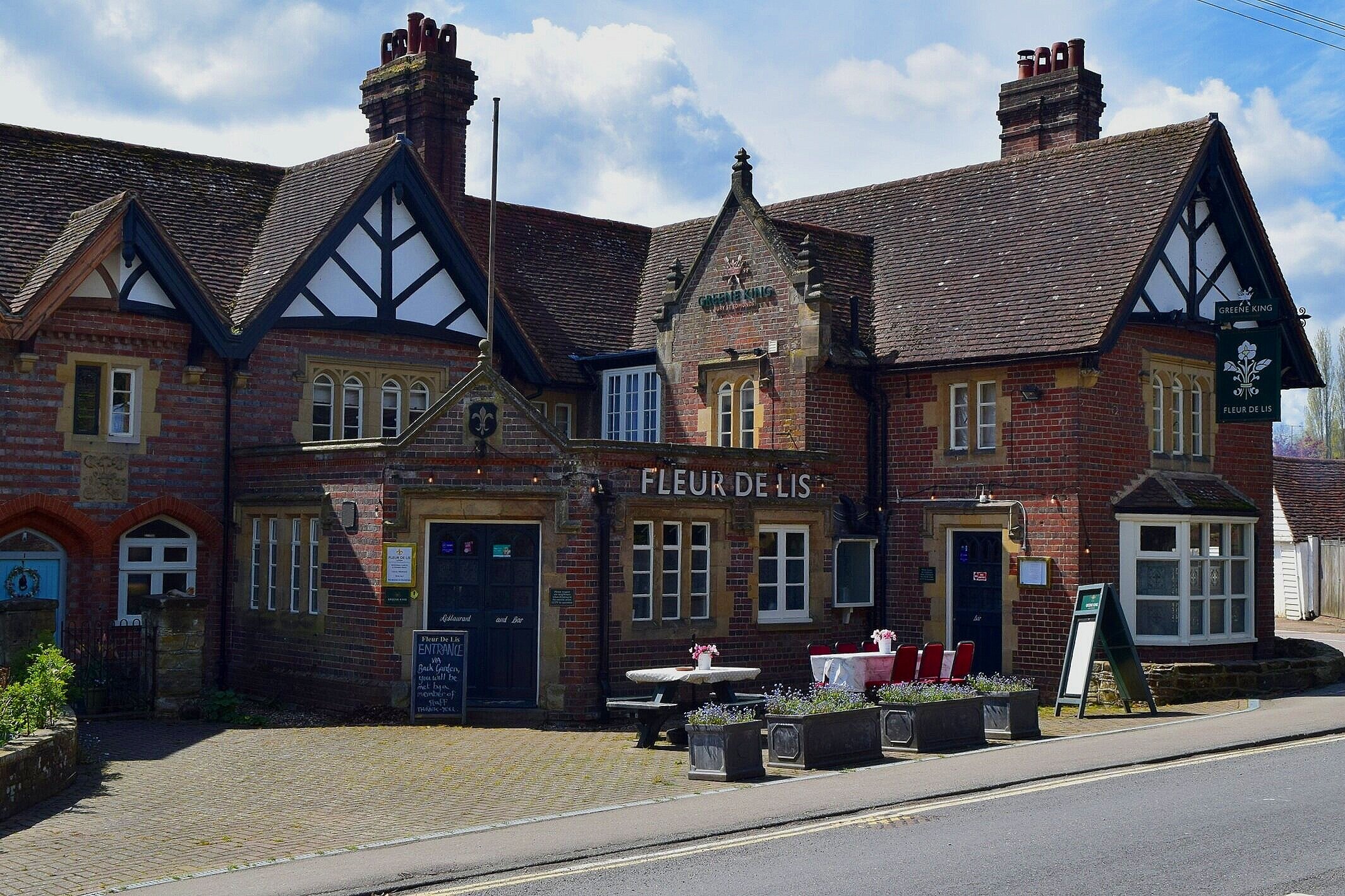Walk 21: The Milk Train
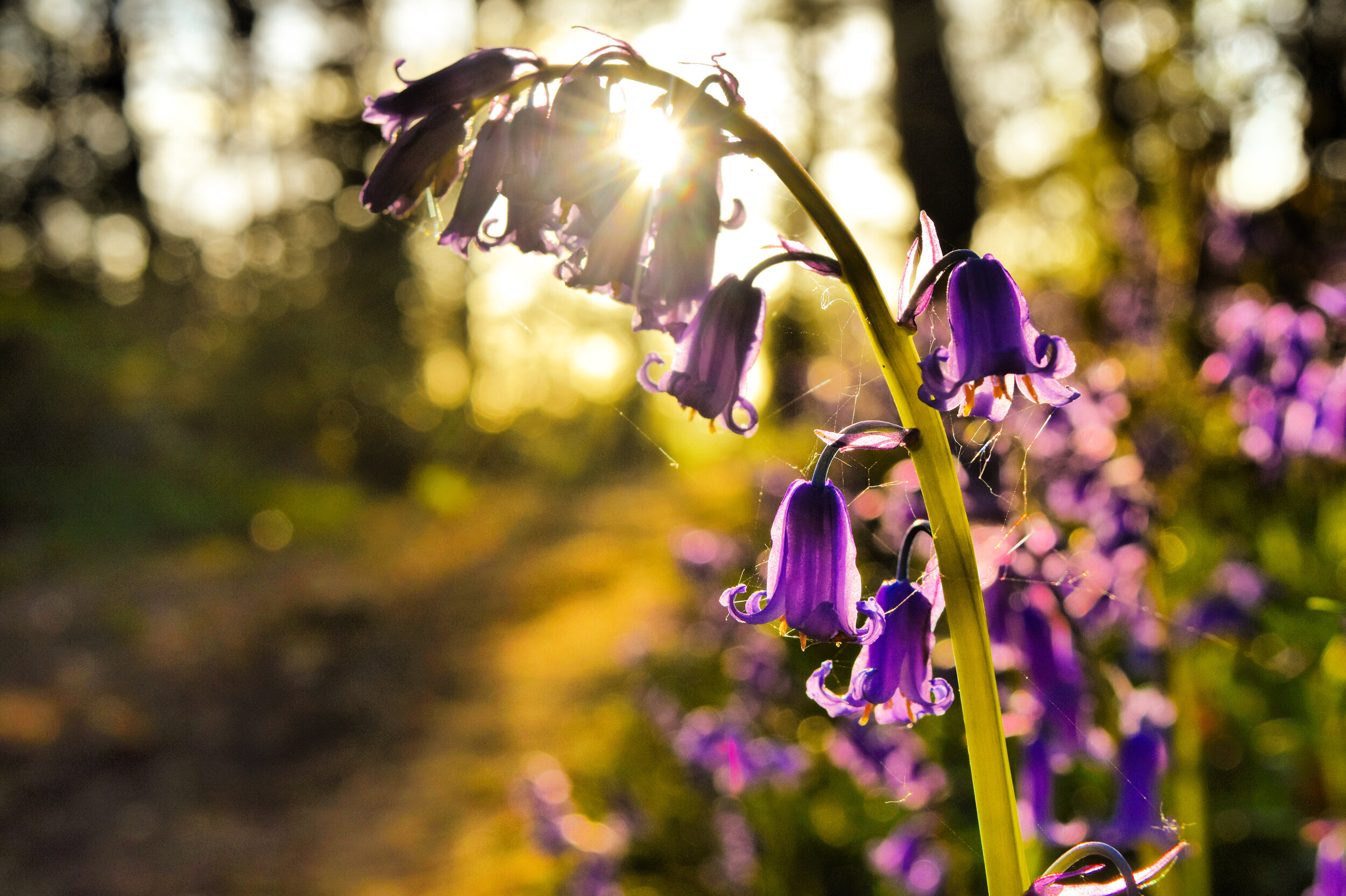
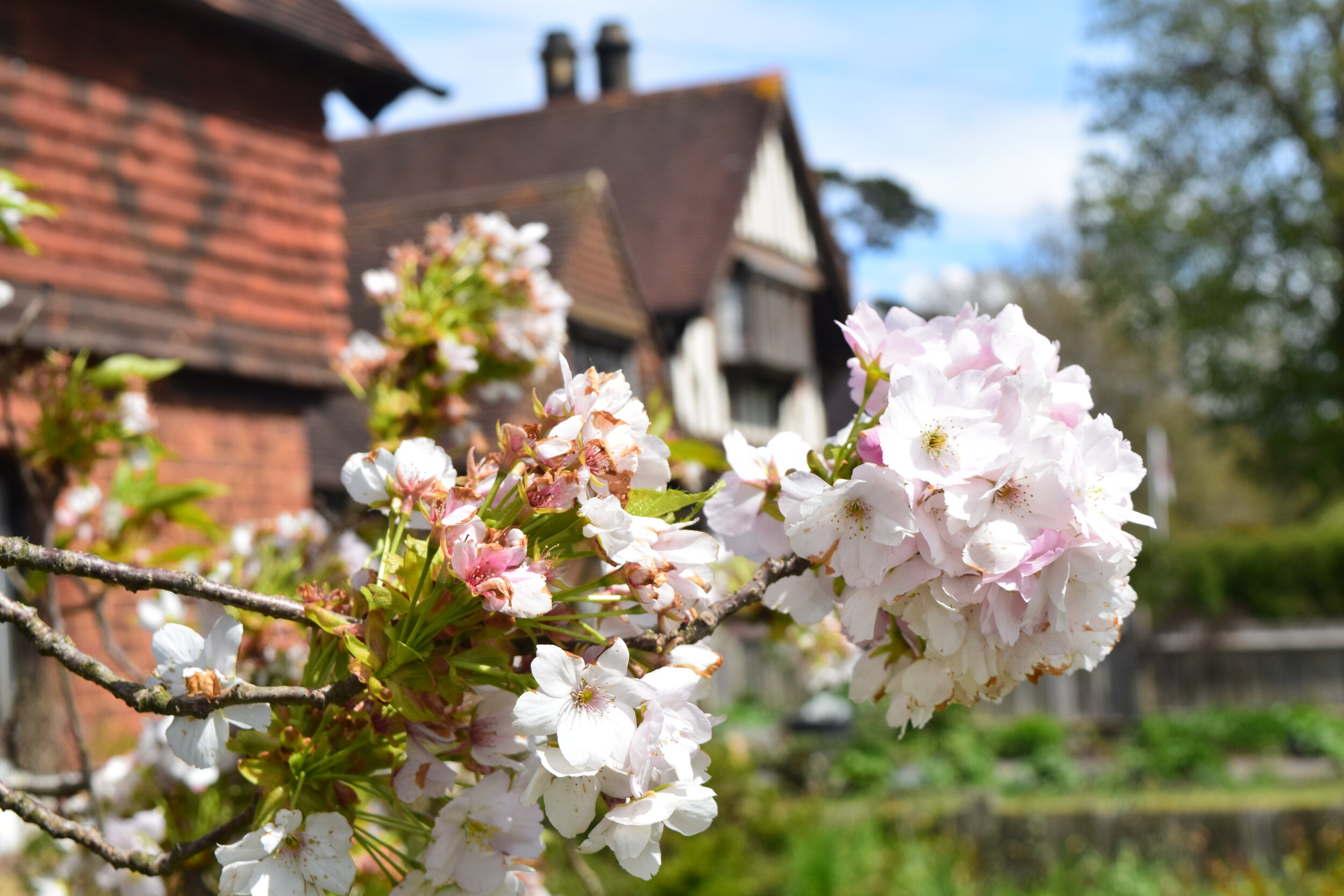
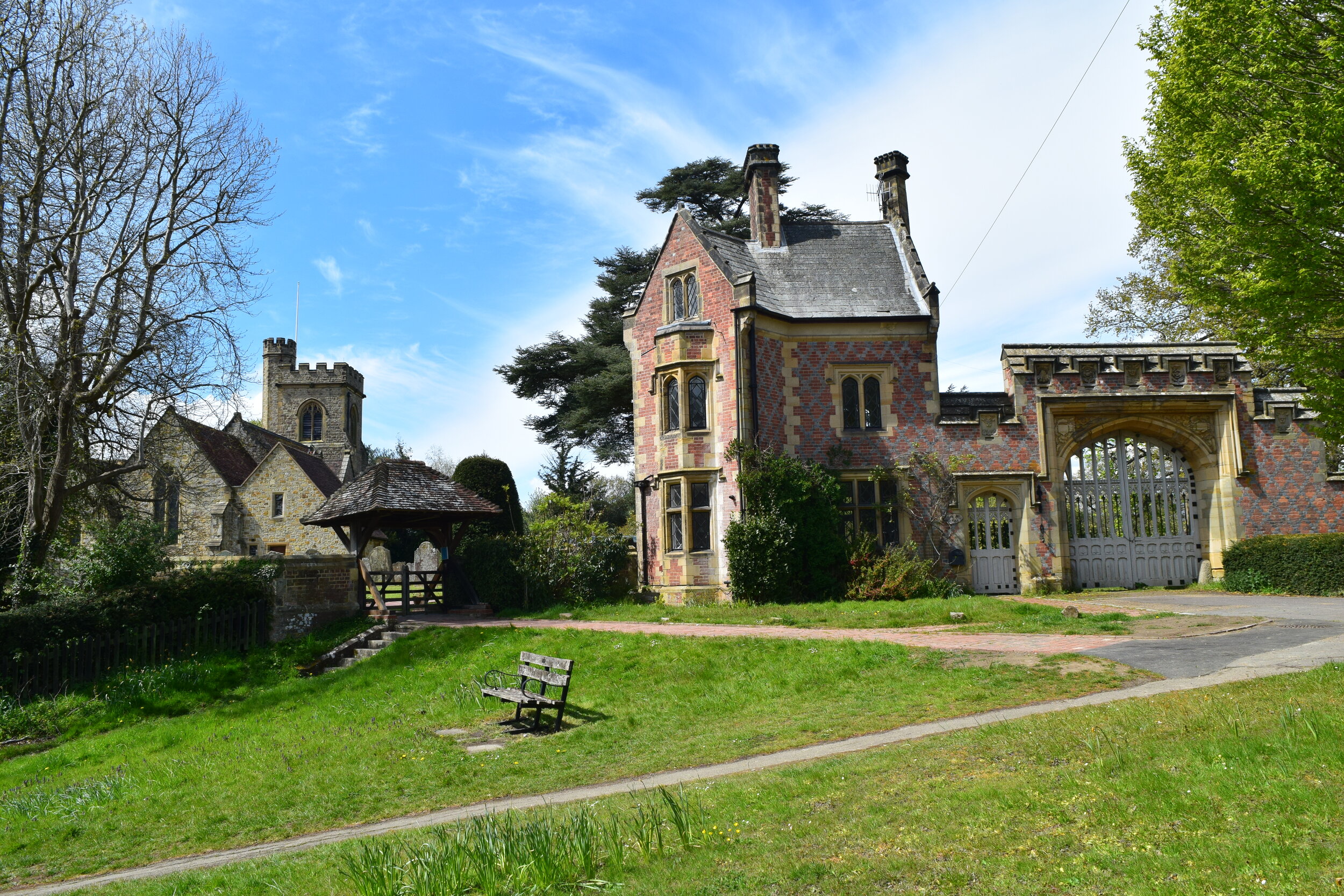
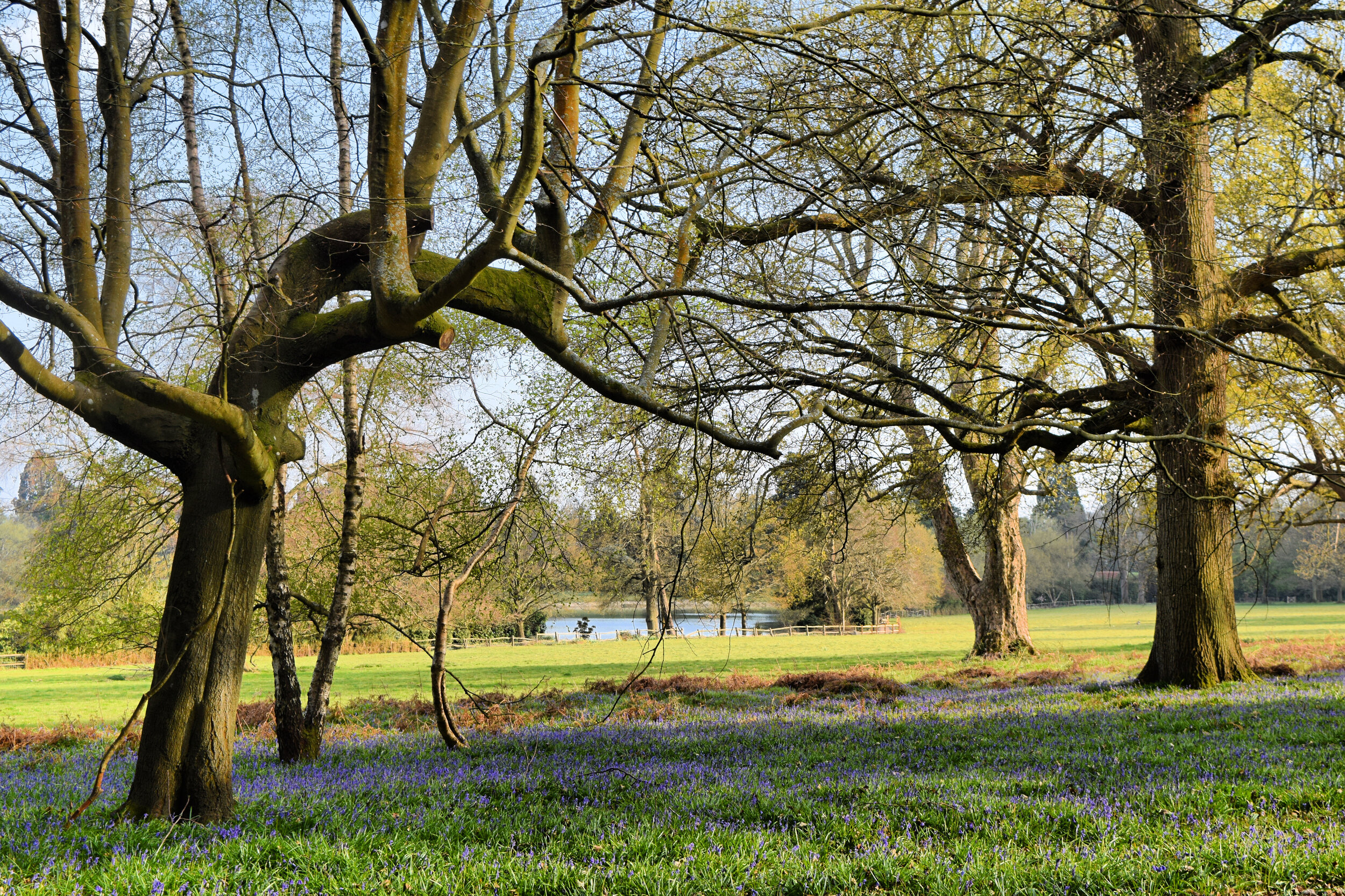
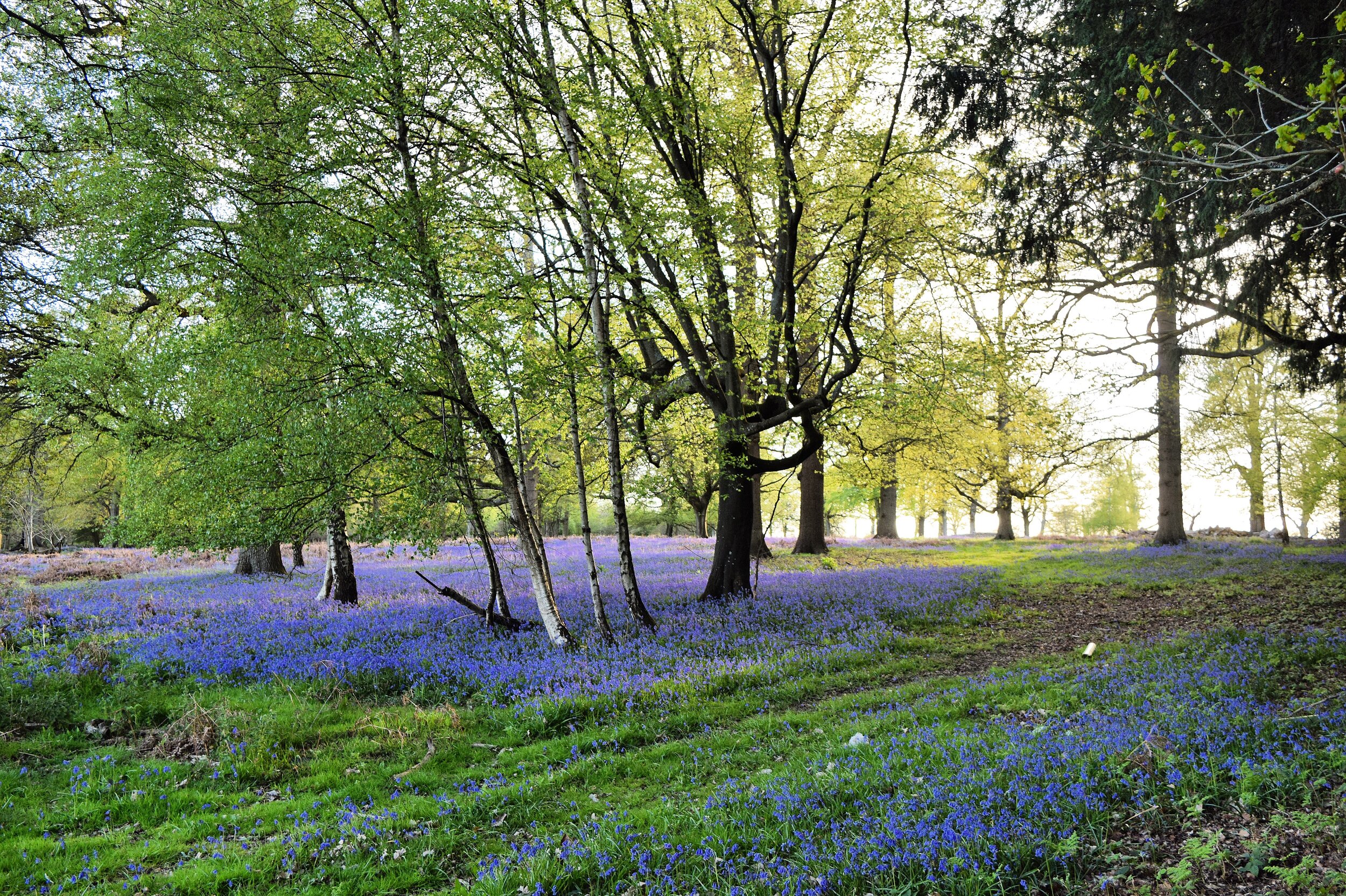
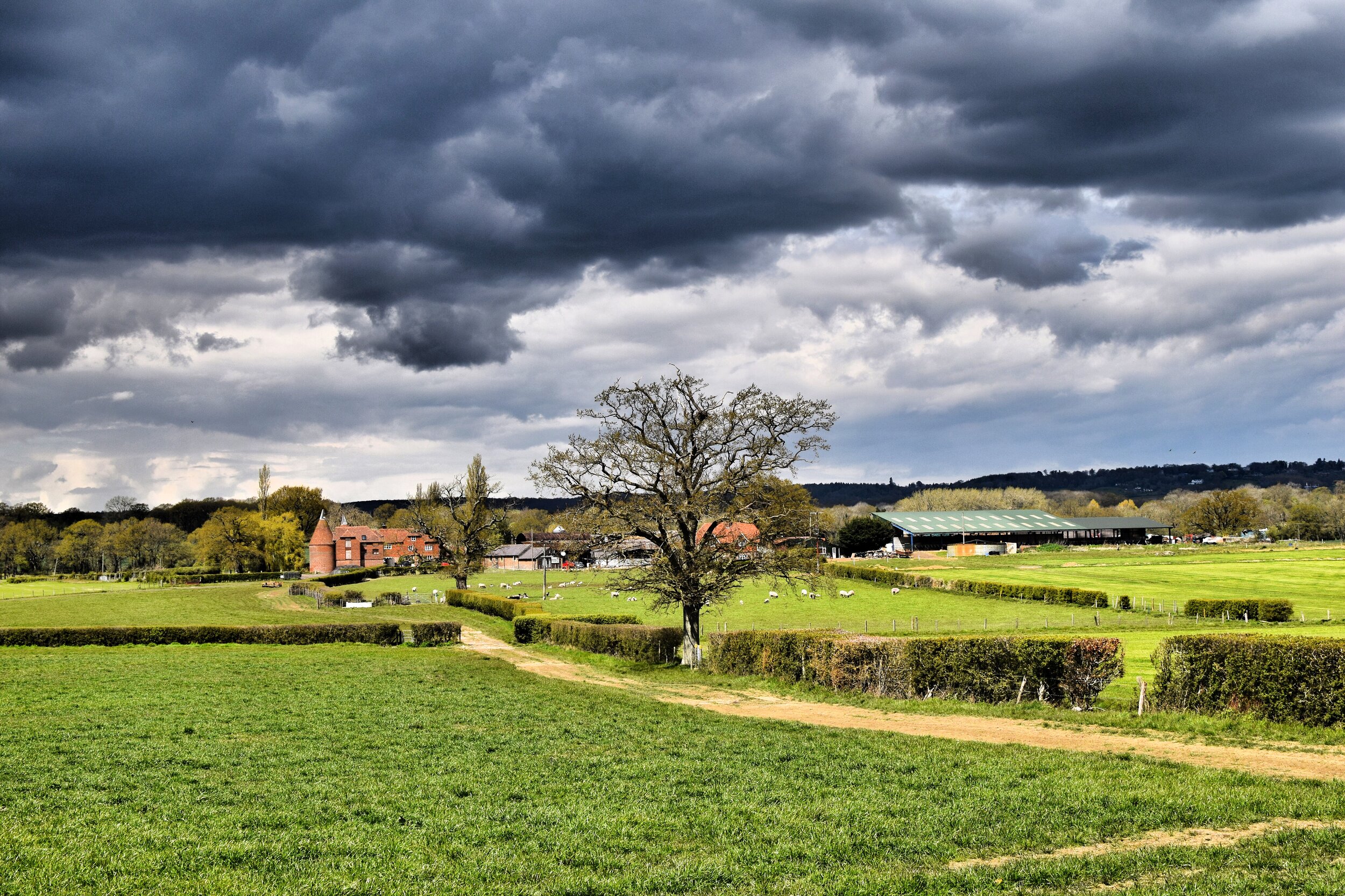
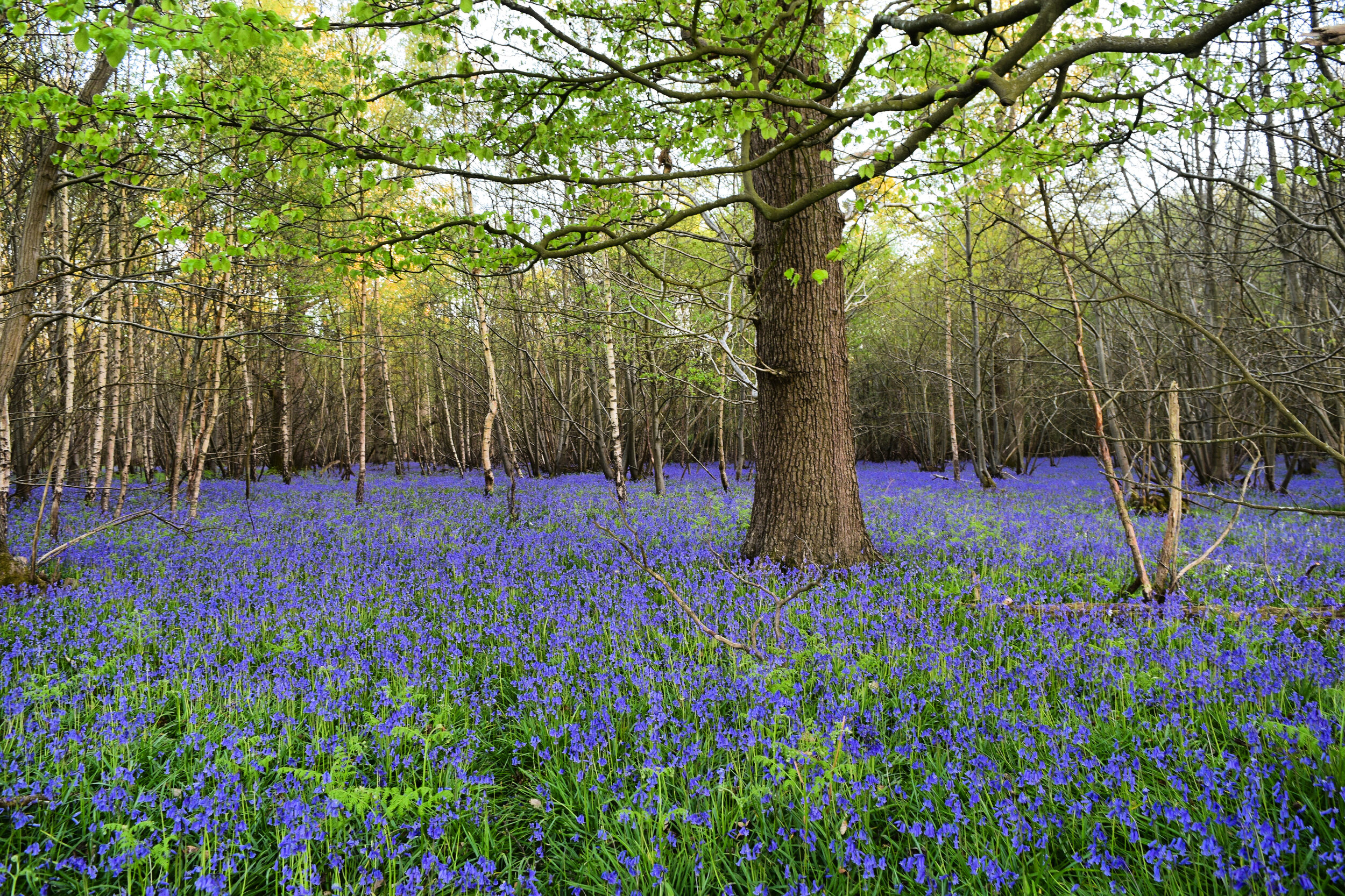
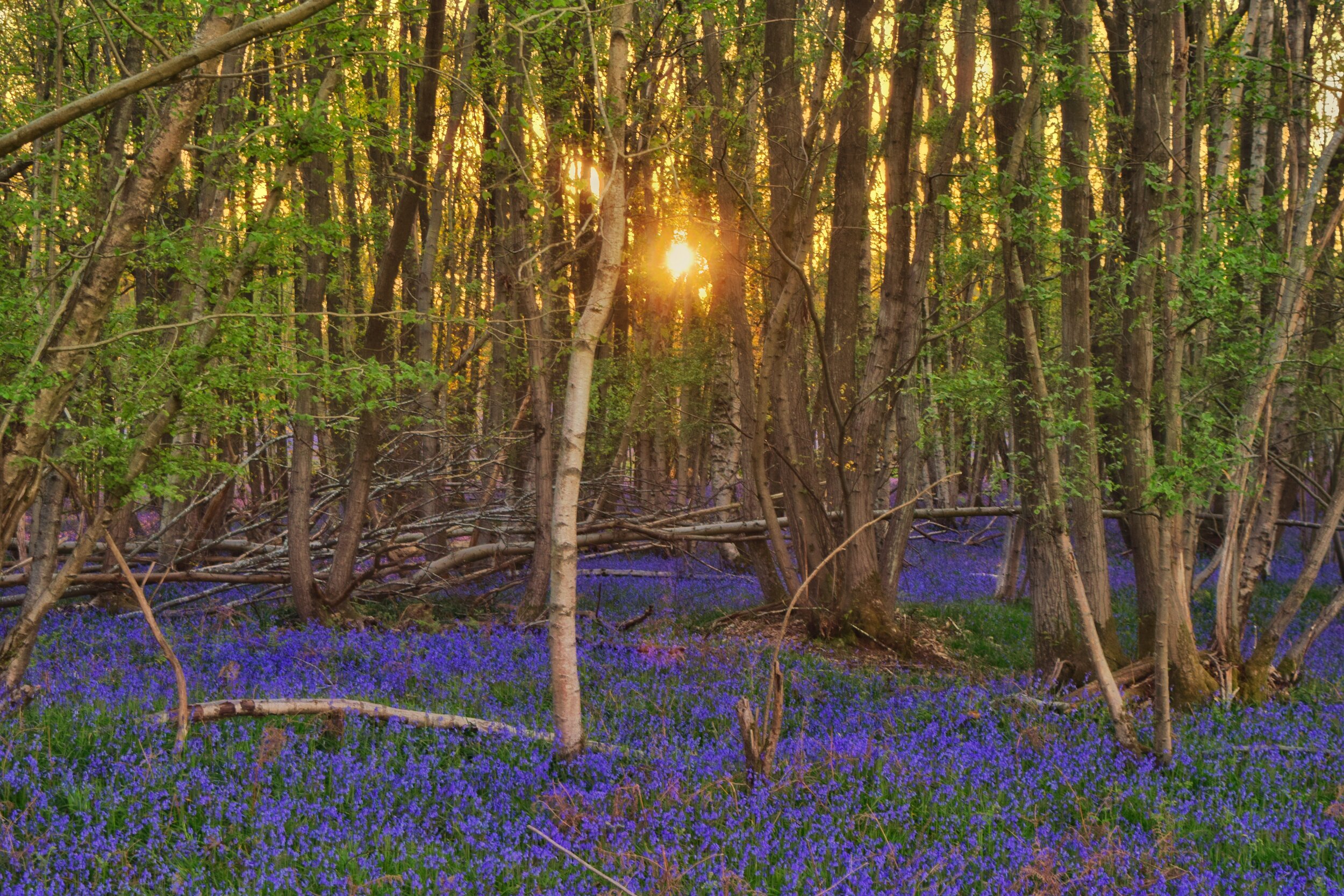
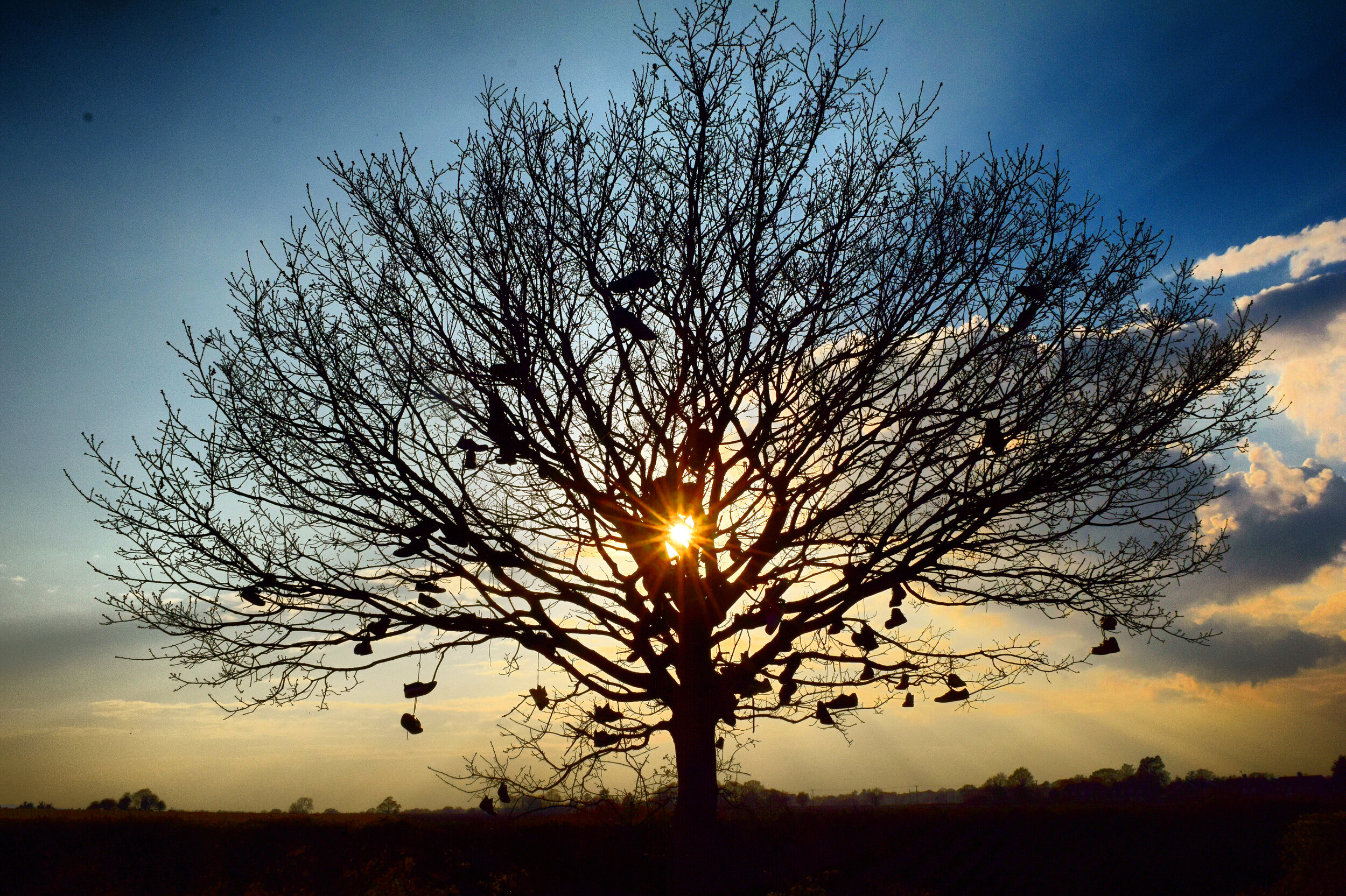
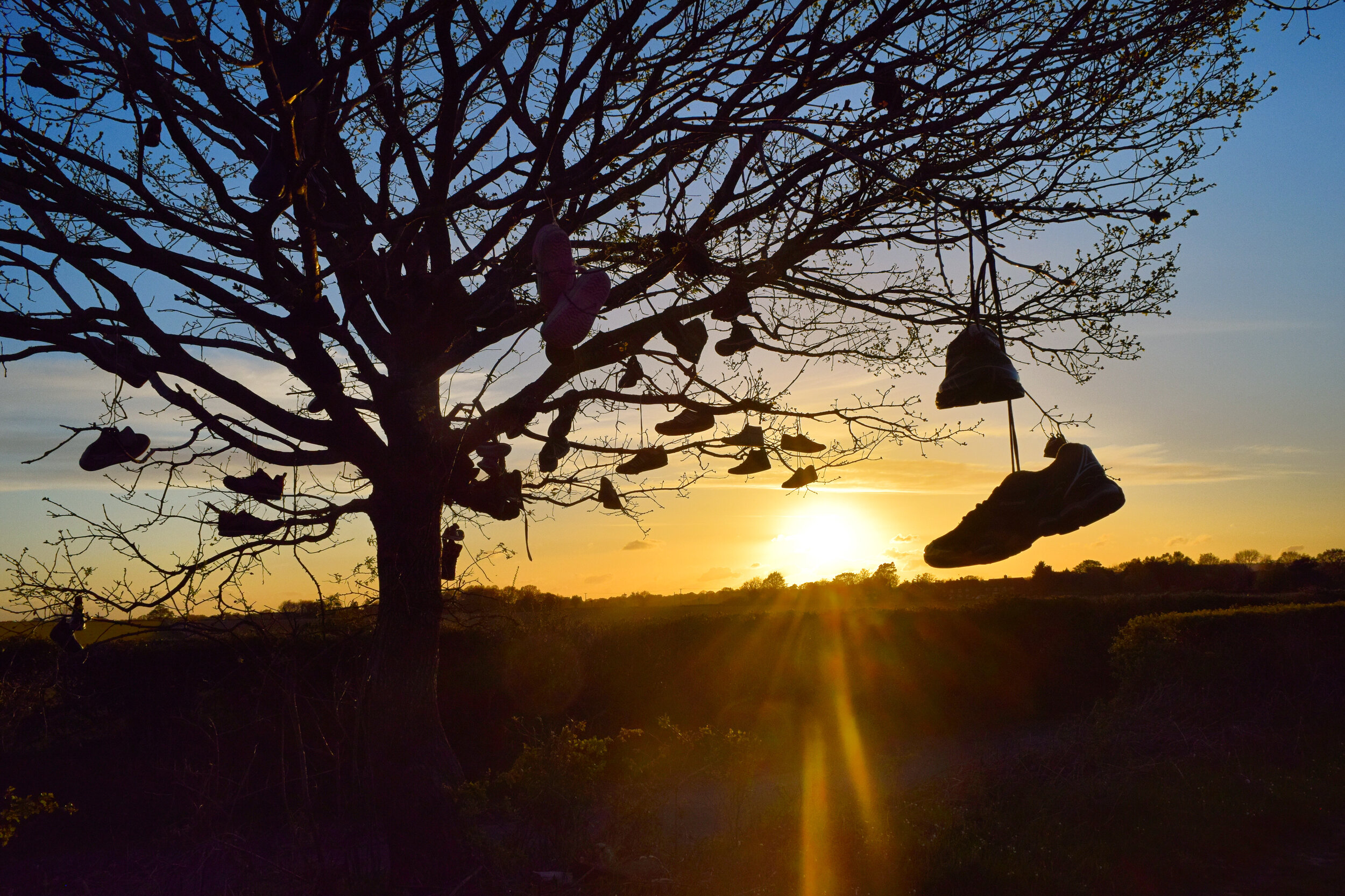
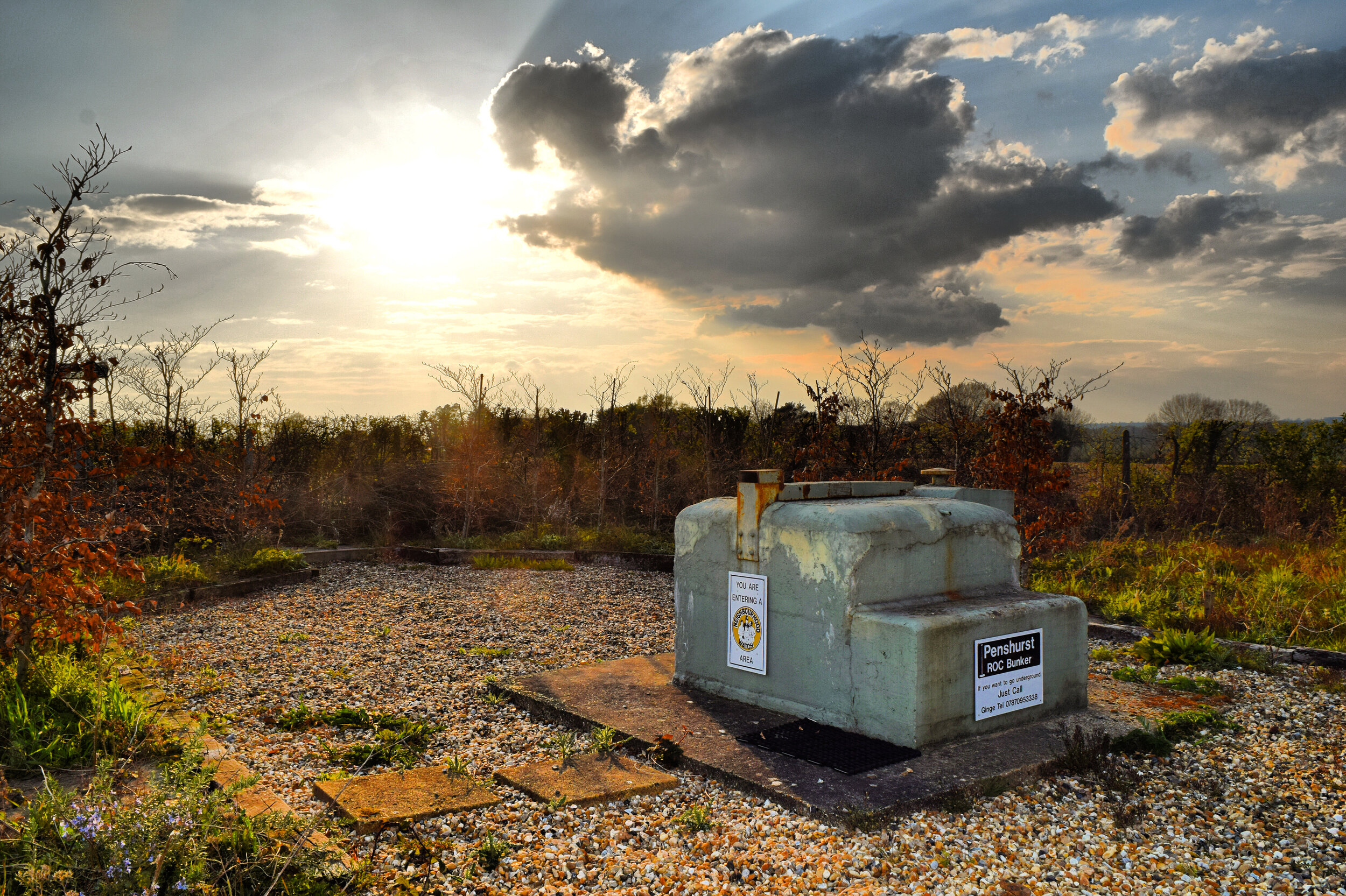
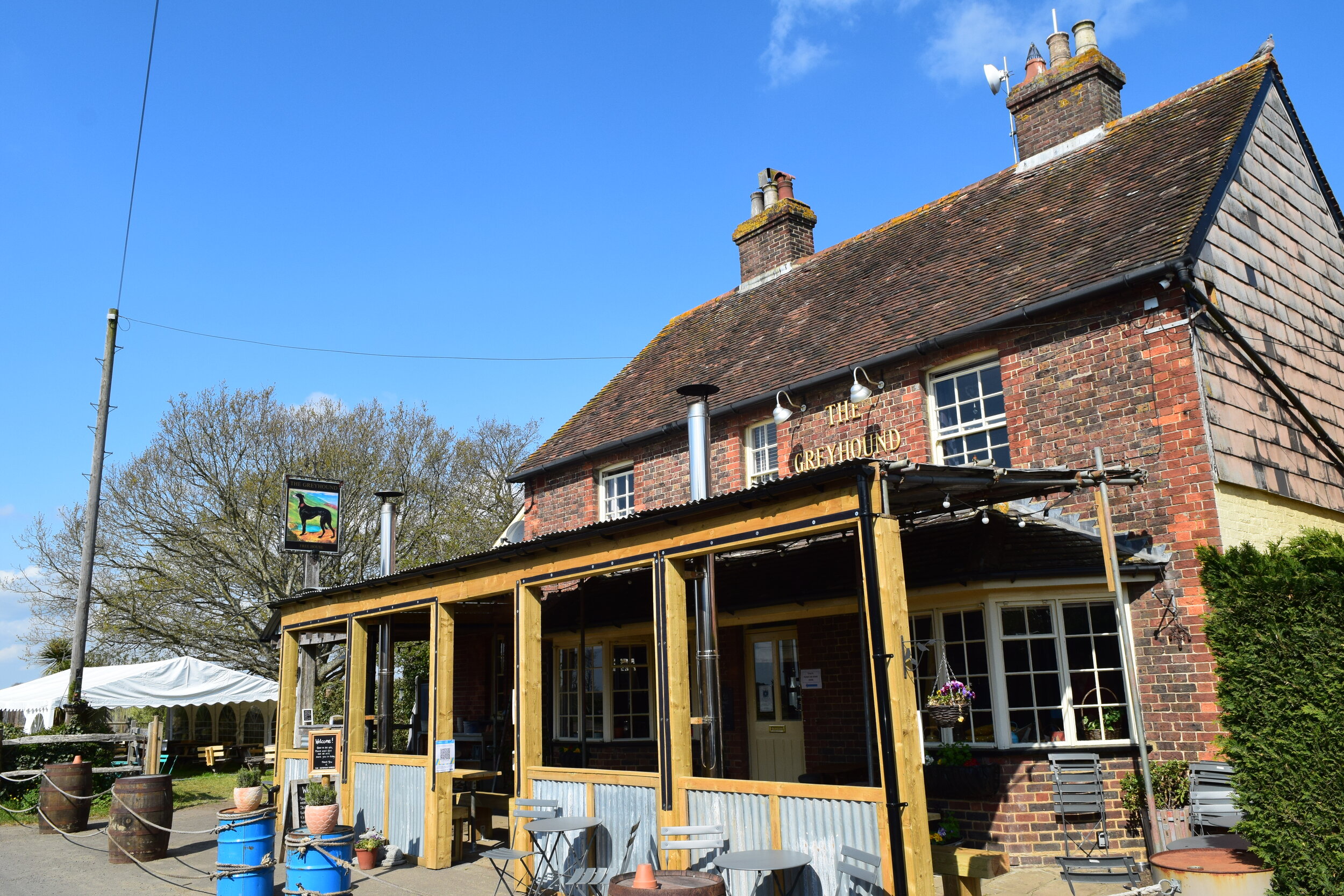


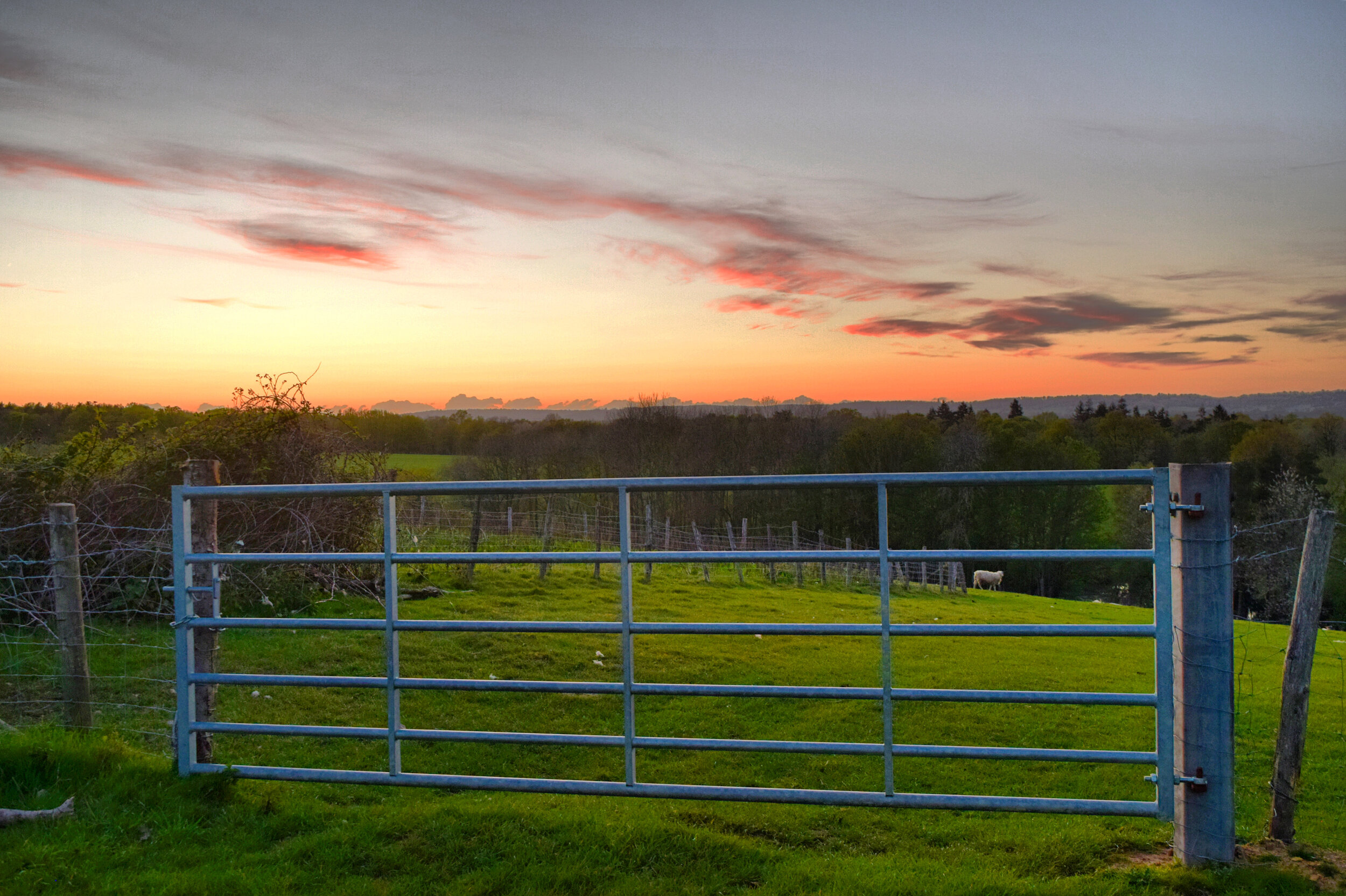
There are defining moments in each of our lifetimes. Some we undertake alone, whereas others are shared with friends, family, an entire town or even the world.
Either way, though our past is shaped by these as their impacts ripple through time, scattering the landscape around us with fragments of memories, lessons and stories to be unearthed or rediscovered by later generations.
Normally my walking routes are led by a desire to explore new paths and beautiful scenery, but after stumbling across a few historic nuggets whilst researching an earlier walk to Charcott, I decided to let history dictate the directions.
This walk hunts down some of those historic particles and tries to piece together the story behind them, but it also takes in plenty of lovely countryside along the way, providing some escapism from this own defining moment in history
Leigh, Kent
Begin your walk at the Fleur De Lis, Leigh. Please park considerately if arriving by car, alternatively there are regular trains between Tonbridge/Redhill and Leigh. If you are feeling really keen this walk can be added as an extension to Walk 12 - The Green Mile.
Cross the road with care and then turn right, following the pavement until you have passed The Forge and Forge Square. These beautiful houses are two of the many listed buildings that can be found in Leigh. For a village of its size, there is a ridiculous amount - by my count there are over 30 within spitting distance of the High Street and village Green alone.
The Forge, Leigh, one of the villages many listed buildings.
Keep going past the hedge and then follow the path up the slope towards the fairy tale entrance gate to Hall Place (listed of course). When you reach the top of the path, continue straight on, walking up the driveway belonging to Porcupine House, the large black and white home to your right.
Porcupine House is believed to be linked to the Sidney family of nearby Penshurst Place. When the Sidney's were awarded the Penshurst estate by Edward IV they were also granted vast amounts of land in Leigh, including Hall Place, the grand house that lies beyond the fairytale gate. The Sidney's family crest features a Porcupine hence the prickly name stuck.
Porcupine House, Leigh, once a lively pub…
The house was once a lively pub called "The Porcupine'' then latterly "The Goats Head'. It was renamed by then owner, Thomas Farmer Baily, who having shelled out on the nearby estate, opted to rename the pub after his own family crest.
The boozer fared less well under the estates next owner, Samuel Morley, a tee-total philanthropist who closed it down, apparently resentful of having to drive past rowdy drinkers each time he returned home to Hall Place. All was not lost though as the brewery which leased the pub from Mr Morley transferred their licence to the other end of the village and opened the Fleur de Lis.
The fairytale entrance to Hall Place
You can read more about Samuel Morley and the impact he made on Leigh in our walk, The Green Mile. It's packed with history and delves deep into the architecture of the village and Hall Place.
Walk past the wall and then continue along the path running between a barbed wire fence and a large hedge. Go through the rusty kissing gate and then follow the path for approximately 400 metres until you reach the woods. You’ll pass a second kissing gate on the way.
Following the path past Hall Place estate
To your left you will be able to spot Hall Place in the distance, surrounded by acres of parkland. The domestic deer that once belonged to this house were sold many years ago, but you may still spot some wild ones roaming around sunset, if the local herd of cows haven't got to the grass first.
When you reach the trees, turn left through a tall kissing gate and follow the narrow path between the estate and Home Covert wood for 740 metres.
Bluebells carpet the edges of the estate in Spring
There's an air of mystery about this overgrown wood that time seems to have forgotten about. A decaying stone bridge crosses a trickling stream, leading nowhere other than to clumps of wild garlic, and invasive rhododendrons have been left to run riot, devouring everything in their path. Come the end of May these will provide a spectacular display of colour as their giant buds finally burst into huge pink and purple blossoms.
Look beyond the buckled iron fence and you should be able to glimpse Hall Place and it’s man made lake, one of the many features instilled by landscape gardener Robert Marnock. At the time Marnock was a hot property, having helped design Regents park and many other wealthy Victorian parks and gardens. The gardens here are carefully hidden away, but one of Marnock's most acclaimed works, Dunorlan Park, is open for all to enjoy.
Rhododendrons line the path
In Spring the fringes of this once grand estate are carpet bombed with bluebells. Over time these beautiful flowers have naturalised creating a flood of fragrant blooms that shimmers like a purple haze when the late evening sun sets upon them.
When you reach the chain stile, continue into the field for 50 metres and then just before the large metal gate, turn left and follow the path along the hedge/fence for approximately 400 metres.
To your right you will have a glorious view of Leigh Park Farm. Its grassy pastures were once farmed by a man called Harry Hobbs, who in 1919 moved from Somerset to Kent, bringing his herd of 40 dairy cows with him.
Leaving Birdcage Walk and joining Prices Farm
The cattle travelled over a hundred miles by train, crossing London (presumably not on the tube!) then heading down the Kentish mainline to Hildenborough. Upon arrival they continued onto Leigh, on the hoof once more. This was no mean feat, considering the herd would have also had to have been fed and milked along the way. Having experienced the torment of herding my own brood down to Devon in an average sized family car most summers, I don't think I'll ever be able to grumble about the journey again
Harry and his new wife weren't the only ones making this trip though. They were later joined by four other farmers from the West Country, each who had moved their herds to farms nearby. These included Wickhurst farm which you may remember from The Far Side of The Weald and Prices Farm which you will see shortly. By now you are probably wondering what prompted this mass exodus and why these farmers decided to uproot their livelihoods and travel hundreds of miles East. I too was confused when I first read this story, so after much digging I found some answers.
Park Farm Leigh, a thriving dairy farm
In 1919 the government decided to level the agricultural playing field and fix the maximum price at which milk could be sold at. Rather than keep things simple and set a flat rate for the whole country, they acted on the advice of a travelling commission who in their infinite wisdom recommended that the price of milk in Somerset, Devon, Dorset and Cornwall should be sold at a price of 2d (there were 12 d in a shilling) per gallon less than every other county in England. They argued that the early Spring and late Autumn typically experienced by the South West meant that the grass was quite literally greener on the other side - certainly for a longer portion of the year anyhow. Two (old) pennies less per gallon might not sound like a big deal, but over the course of a year it equated to hundreds of pounds, equivalent then to paying the cost of a second rent.
You could be forgiven for thinking that a lower sell price could have given these farmers a competitive edge, but in reality it was a double edged sword. The farms were losing 2d per gallon but also faced restrictions on where they could sell their milk. If they were to export their milk outside of Devon, Cornwall, Dorset or Somerset their buyer would have to arrange a licence and pay the additional 2 pennies saving back to the government. Farms that had once exported gallons to cities like Cardiff and Bristol were now forced out of these markets as the extra bureaucracy made them such an unattractive prospect to deal with. By moving their dairy herds to Kent these West Country farmers could not only demand a higher price per gallon for their milk but they also had a lot less competition from the hundreds of dairy farms back home.
Dairy cows grazing on Hall Park estate
In 1933 the Milk Marketing board was established, levelling the playing field once more and guaranteeing the dairy farmers a minimum price for their milk but more importantly a buyer. The board provided much needed stability, which in turn stemmed the West-East migration of farmers and their cattle. By this point though, there was already a well established community around Leigh.
Besides its listed buildings and lovely countryside, Leigh's biggest appeal for the West Country cartel was the close proximity to London and its millions of potential customers. Each morning the cows were milked at the crack of dawn and their juice was loaded into huge churns. These were then pulled by horse to Hildenborough Station and loaded into a special wagon to be freighted by rail to London. There were no refrigerators or sell by dates back then so time was of the essence.
The green, green grass of Leigh (and higher milk prices) attracted farmers and their herds from Somerset
This sounds bizarre now, but in the 1920's it was the norm - in 1923 around a quarter of a billion pints of milk were being shipped around the UK by rail each year. It didn't long for technology to catch up and before long huge milk tankers replaced the old churns. Thousands of litres could be hauled in just one tank and then siphoned off into railside bottling plants. In the early days these tankers were latched onto the early morning passenger trains - so if you were catching the 'milk train' then you would have most likely had a very late night or a very early start! Milk was transported by rail for many years, but the amount being shifted steadily declined as motorways became more commonplace and in 1981 the wagons rolled for the last time.
Over the last hundred years Leigh Park Farm has grown to incorporate the neighbouring farms and its herd has increased to 450 cows. It has outlived both the milk train and survived the cull of the milk marketing board (a political move which resulted in a massive drop in the number of UK dairy farms). The farm is now owned by the Bastable family, who recently bought the farm outright from their landlord, Hall Place. The head of the family is Colin Bastable, grandson of Harry Hobbs, the same farmer that took a punt all those years ago when he moved his herd from Somerset to The Garden of England.
Prices Farm, Leigh
Continue to the end of this fence and then climb over the stile. Walk on for 25 metres passing through a large metal gate as you enter Price's Farm, a mix of barns, sheds and lovely old cottages. Walk straight ahead, following the driveway out of the farm yard and then continue down the track for 180 metres as you head towards Price’s Wood.
When you reach the wood you will see a yellow footpath marker. At this point, turn right and follow the path for approximately 1km. Keep the wood to your left and the field to your right at all times and keep an eye out for the yellow arrows as these will ensure you don’t lose your way.
Heading towards Prices wood
The bluebells here are absolutely magical, they run nearly the whole of the length of the wood, blanketing the shady woodland floor and seeping far into the trees. Even in the sections which have been heavily coppiced, these beautiful blooms smother the sunny clearings.
It's easy to see why our ancestors had so many legends about these enchanting flowers, it doesn't take much imagination to picture fairies and pixies making home here. Whether you believe in the fairy folk or not, it's incredibly bad form to tread on a bluebell, so stick to the path and enjoy these from a safe distance!
Follow the yellow arrows and you can’t go wrong!
Outside of bluebell season you can feast upon the fine views across the field. The lack of boundaries and hedges mean you can enjoy uninterrupted views of the Greensand Ridge. The high ground that sits between the Weald and the North Downs.
When you reach a little wooden footbridge, cross over and cut through Blackhoath Wood before crossing a second bridge into another huge field. Continue straight on, following the path as it slopes uphill.
A clearing in Price’s Wood
The wide open spaces provide beautiful views but absolutely no shelter from the wind, so make sure you are dressed for the weather! Dotted around the field you may spot some high chairs and platforms leaning against the tree trunks. These are used by hunters to give themselves an advantage over the deer that roam the woods and fields here.
As the path nears the top of the field keep an eye out for some unusual conjoined trees, their branches have grafted together as a result of years of coppicing. Their entwined trunks create living sculptures that add to the mystery of these bluebell woods.
Once you reach the top of this path, turn right before the large metal gate and then continue along the path, passing under an even more curious spectacle, the Charcott shoe tree.
Big views compliment the bluebell woods
Sandwiched between the field and the roadside of a quiet country lane, this bizarre tree is festooned with footwear of all shapes and sizes. Its branches sag under the weight of trainers and boots dangling by their laces, there's even the odd pair of crocs - which some might say is the best place for them!
I don't know when this surreal creation began or why, but part of me doesn't really want to either. It's a work of art and the absence of any rational explanation is its biggest appeal. A cursory google search throws up all sorts of urban legends, but I think it's safe to say we can rule out any 'turf wars' between Charcott and its neighbours Chiddingstone and Leigh.
The Charcott Shoe tree - bizarre just doesn’t quite cut it…
Continue for 200 metres until you reach the end of the field. Fenced off in the corner you will spot an innocuous tin shelter and what appears to be a raised manhole cover, surrounded by weed ridden concrete paving slabs. Compared to the shoe tree, this all looks completely normal, so nondescript that I've driven past it countless times and never even noticed it.
As I came to learn early on in my walking adventures though, few things are normal in the countryside and even those which are, tend to have a story behind them. What you can see here is the Penshurst ROC post - an underground nuclear monitoring station and an all too real relic of the cold war.
Penshurst ROC bunker, a relic of the cold war
When Berlin fell towards the end of the second world war, there was a carve up of Europe as the US and Russia each sought to stamp their ideologies over the new political landscape. As East and West postured from a distance, tensions ratcheted up a notch as Russia joined the nuclear weapons owners club, triggering an arms race and a deadly game of chicken.
Having sided with America but just a 20 minute warning away from Moscow, Britain was understandably wary of Russia's nuclear powers and the all too real possibility of being caught in the crossfire. Hoping for the best but preparing for the worst, the government commissioned 1563 of these bunkers to be constructed all over Britain between 1956 and 1965.
This ‘hidden structure’ houses a miniature underground bunker
The monitoring stations were built roughly 15 miles apart and were designed to be the eyes and ears in the event of a nuclear attack. When the bomb dropped, the men that manned these outposts were to provide confirmation of the blast location, the strength of the impact and the level of radiation fallout. All of this information was to be relayed to 31 much larger bunkers, which would have acted as command centres and emergency government HQ, in the event of Downing Street being vaporised off the map. The brave souls charged with operating these posts were the Royal Observer Corps, a volunteer army that was first formed in World War One. Back then they were simply the observer corps and were responsible for spotting German zeppelins as they floated over the channel to bomb England during the 'original' blitz.
They were awarded their Royal prefix during the second world war, having played a crucial role in the Battle of Britain. Armed primarily with binoculars and radios, the observers tracked the relentless stream of enemy planes that looked to cut off the country's supply lines and bomb Britain into submission. The observers skills meant that air raid warnings could be issued and attacking planes could be intercepted and shot down. If you've read one of our original walks The Pillbox Safari, you may remember that they had a lookout post on the top of Tonbridge Castle. In a time before radar, their service was instrumental in saving thousands of lives, so as thank you King George V1 awarded them their Royal prefix, hence the OC became the ROC.
Tonbridge Castle was once used by the Observer Corps in World War II
Typically these little bunkers are buried 15 feet underground and entombed in reinforced concrete. The hatch you can see above ground leads down to a claustrophobic chamber built to accommodate three men. Measuring a standard 19 x 8.5 foot, there would be just enough room for a bunk bed, a chemical toilet, a small store room and the all important monitoring equipment. The ROC would have also stashed enough cans of water and tins of food to see them through the aftermath of a blast, but in reality it's difficult to see how long they could have survived in one of these chambers and what 'brave new world' would have awaited them upon exit.
Upon emerging from the Cuban missile crisis unscathed, the government decided that the threat of nuclear attack had lessened and in 1968 they opted to reduce the number of Royal observers by half. Without the manpower or the budget to monitor these subterranean outposts, around 50% of them closed and were left abandoned. The rest of these (including this one) remained in service right up until 1991, when the ROC was disbanded. The fall of the Berlin Wall, followed by the collapse of the Soviet Union signified the end of the Cold War and the closing of another chapter in history.
Survivng ROC bunkers like this have been snapped up by history enthusiasts
Many bunkers were filled in, destroyed or generally left to ruin, but some, such as this one, were snapped up by history enthusiasts. After years of flooding it was pumped out and carefully restored as an occasional museum. From what I can tell the bunker was sold for approximately £30,0000 in 2016 but if you "phone Ginge" you may get to go inside. He wasn’t available at the time of writing, but will welcome visitors if he is in the area. In the meantime if you would like to see some pictures and read a bit more about Penshurst ROC then click here.
Walk past the gate and then cross the road with care, before turning left at the triangular junction, heading towards Charcott. Continue down the road with care and after 130 metres you will come to a footpath on your left. If you are not interested in a fantastic independent pub, serving local food and drink, then take this path, alternatively if you prefer a warm welcome and a countryside gem, then we'll take a detour to the Greyhound pub.
The Greyhound Charcott, is well worth the short detour…
To get to The Greyhound continue straight on for a further 130 metres and then take the first turning on the right. Follow this road round to the left and you will see the pub on your right. It is a popular spot, so check their opening hours and book ahead to avoid disappointment. You can do both here.
Upon leaving the Greyhound retrace your steps back to the main road and then turn left. Continue along the road with care for 130 metres and then turn right, taking the footpath across the field. Depending on the season and the weather, this can be very muddy, so factor in wellies if there has been a lot of rain.
Crossing the sheep field…
When you reach the stile, climb over and continue across the next field. There are normally sheep here so keep dogs on a short lead. Climb the stile and then turn left, walking along the road with care for 80 metres. This road is much faster than the previous one, so please be mindful of traffic.
Cross the road safely and then walk through the small metal gate and continue down the track leading to Leigh RFC, home of the "Layabouts" and their "Field of dreams". The club was formed in the heady aftermath of the 2003 world cup, with the intention of giving Leigh a social but competitive grassroots rugby club. Since then they have gone from strength to strength, finding this permanent site and building their own clubhouse. It won't be long before live sport resumes, so if you fancy yourself on the pitch or want to support the club from the comfort of the touchline then check out their website for more details.
Leigh RFC, aka ‘The Field of Dreams’
Continue past the clubhouse and then climb the stile in the right hand corner of the field before descending down the steps and crossing the railway line with care. Always check both directions and listen for oncoming trains before crossing. Having crossed safely, climb the opposite steps and walk straight ahead following the path through the trees and along the right hand side of the field.
When you reach the end of the field, cross over a little bridge and climb the stile before following the path through Redleaf Wood. This quiet woodland was once part of the larger Redleaf estate, named after the house of the same name. The estate can trace its origins back to the time of Henry VIII but it's more notable anecdotes stem from the late Georgian/early Victorian period when it was owned by William Wells.
Crossing the railway near Little Moorden
Having made his riches at sea, as a ship's captain for the East India Trading company, he later went on to become a part owner of the Blackwall shipyard. The dry dock was one of the largest in the world and serviced the ships he once sailed. Upon his retirement Wells swapped the hustle and bustle of The Thames for the quiet of the Kent countryside. Redleaf House was never on the scale of neighbouring Penshurst Place, but it was large enough to house Wells' considerable art collection. He was an avid collector, who enjoyed the art as much as its investment value.
Wells' collection included many of the old masters, such as Rembrandt, Van Dyck and Canaletto to name a few, but also featured works by his contemporaries. He enjoyed a close friendship with Edwin Landseer, who was a regular guest at Redleaf. Landseer was famous for his paintings of animals and country scenes. His work included portraits of the Royal pets for Queen Victoria and most famously of all, the three lions that sit at the base of Nelson's column.
Redleaf Wood, once owned by an art collector and latterly the founder of West Ham FC
When he died in 1847 his collection was auctioned and the house was sold to the Hills family. Like their predecessor, the Hills had also made their fortune on the banks of the Thames, they too were shipbuilders and owners of the Thames Ironworks. Mr Hill's son Arnold was once a keen footballer who had played for Oxford University in the 1877 FA Cup final. Some years later Arnold established a community football team called Thames Ironworks FC in 1895. Within five years the club were playing in the top division and it's at this point that the East End club relaunched as West Ham United. The rest is history, but to this day the club are still nicknamed by their fans as 'The Irons'.
West Ham aren't the only legacy that the Hills left behind though. The tranquil wood you are walking through now was planned and planted by Arnold's son Arthur. He was a visionary that broke from tradition and combined coppiced woodland, with deciduous woodland and conifers, creating a valuable yet sustainable forest. His efforts were rewarded with a Royal Forestry Society gold medal, an accolade awarded to individuals that have made an outstanding contribution to forestry. You can read more about Redleaf woods here.
Deer in Redleaf wood
Follow the path straight on for 400 metres until you reach a small metal gate leading out of the woods and onto Penshurst road. Please remember that the woods are private land, so always stick to the path. When you reach the road turn left and walk along this with care for 750 metres. This road is not especially busy, but cars do pass by frequently and often at high speed. Walk in a single file and always face the oncoming traffic.
Just after Cinder Hill cottages take the path on your right and follow the track straight on walking past the tall conifer trees. After 180 metres you will pass a humongous old oak tree, keep going and then at the end of the track take the path to the right, passing a derelict building and then walking through the small metal gate.
Cinder Hill cottages, between Leigh and Penshurst
Continue past a large pond, before walking down a steep muddy track that cuts deep into the hillside. In summer the overhanging branches will create a lovely leafy green tree tunnel that transports you down into a wooded glade filled with bracken.
When the track forks, stay to the left and walk uphill through the bracken until you reach a wide grassy track on the fringes of the Penshurst Estate. Cross over this and follow the path through the brambles before turning left and following an even wider track until you reach a gate. You may recognise this stretch of path if you've walked Walk 17: A Winter's Tale. Don't be fooled by the name, although this was written as a Boxing Day walk, it's even more beautiful in summer or on a crisp autumn day.
The fringes of The Penshurst Estate
Go through the gate and then continue straight on through this field. The path straddles a subtle ridge, as the surrounding hill slopes down either side. On your left you will have lovely views across to Leigh and beyond. Look carefully and you may be able to pick out the characteristic Flemish brickwork of Hall Place.
If you're very quiet then you may spot the resident deer grazing here. Make sure you see them, before they see you though, as if they get any inkling of a walker, they tend to hotfoot it into the adjacent pines.
Pauls Farm Leigh, offers spectacular views
After 350 metres the path enters some trees. Continue straight until come to a stile, then climb over and then walk down a muddy track for 60 metres. This shady spot is the last chance to spot bluebells on this walk, before you re-enter Leigh.
When you reach the road, turn left and follow this for 275 metres until you reach Leigh station. There are a few sharp bends so please be very careful.
The Fleur De Lis, Leigh
Cross under the railway bridge and then join the pavement.
Follow this to the end of the road and you will come to the Fleur De Lis, Leigh. The Fleur is a lovely village pub with an attractive courtyard beer garden and plenty of seating inside. Whether you are stopping for a post walk pint or enjoying a meal you can be assured of a good end to your walk.
Acknowledgements
Thank you to Leigh Historical society and Penshurst Living Archive whose works helped me research the history of Leigh Park Farm and Red Leaf Woods.












